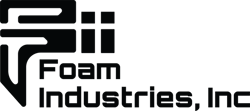What Kind of Foam is Used for Packaging?
People often think all foam is a variation of all the same thing, just in different densities. But the truth is there is a huge variety of types of foam, what they excel at, and how they’re used. The foam of your coffee cup and the foam of your mattress are wildly different.
Likewise, the type of foam used in packaging comes in a variety of different materials. The “best” one depends on the item being shipped and the requirements. These are the most common types of foam you’ll find in packaging:
The Types of Foam Used in Packaging
1. Polyethylene (PE) Foam
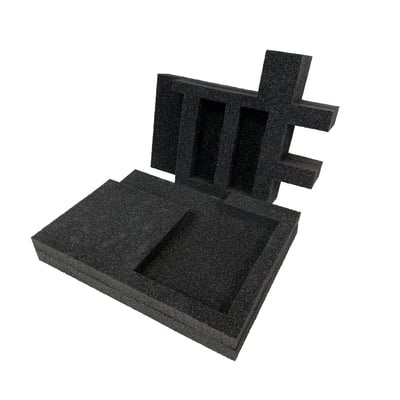
This is one of the most common types of foam you’ll find in packaging. If you don’t know what it is (or what you need for your package) – there’s a good chance it’s PE foam. This is also the most versatile of the foams in color and density varieties, and can be fabricated in a huge number of ways.
Benefits of Polyethylene Foam in Packaging
- Sustainable - made from recycled materials and all scrap is recycled (waste free)
- Fast and Easy to fabricate and bond
- Chemical resistant
- Water resistant
- Can be heat bonded
- Wide variety of densities and color
2. Polyurethane (PU) Foam
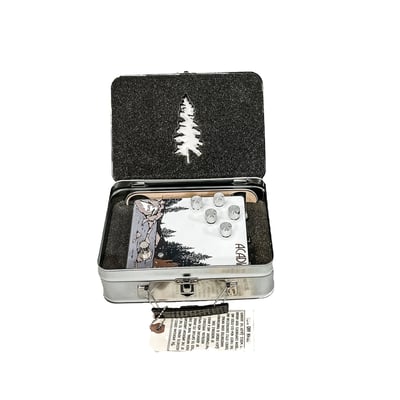
PU foam is the go-to foam when you want your package to be hands-on. This flexible foam has a plush feel and can be further customized with adhesive fabrics and films. The end result is much more impressionable textile experience over other types of foams.
Benefits of Polyurethane Foam in Packaging
- Soft and plush for hands-on touching
- Extremely flexible
- Sustainable - all post-industrial waste is recycled (waste free)
- Easy to fabricate and cut
- Accepts Pressure Sensitive Adhesives (PSA) to add more fabrics and films to the surface
3. Cross–Linked Polyethylene (XLPE) Foam
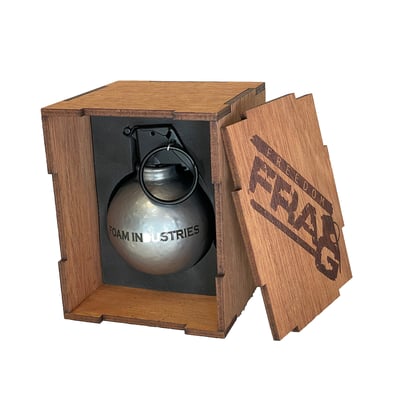
XLPE foam is a popular choice for influencer kits and marketing materials. It’s unique from other packaging materials in that it’s both rigid and durable, yet doesn’t scratch paint. It also can be customized in unique ways to create a splash.
Benefits of Cross–Linked Polyethylene Foam in Packaging
- Very chemical resistant
- Will not scratch painted surfaces
- Very heat resistant
- Wide variety of customization options
- Visually pleasing
- Extended duty life
- Can be fabricated and cut into any shape
4. Expanded Polyethylene/Expanded Polypropylene (EPE/EPP)
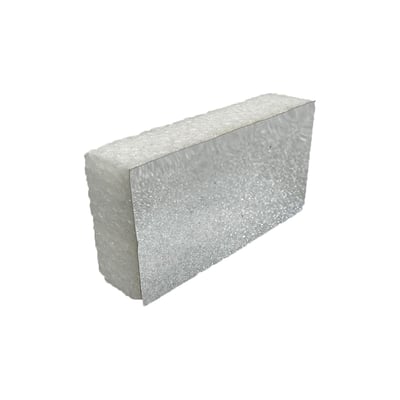
EPE and EPP are immediately recognizable by their distinct texture. These foams are made out of expandable beads that can be used to set rigidity – in low densities it’s very firm, but in high densities it’s yielding and flexible.
Benefits of Expanded Polyethylene/Expanded Polypropylene Foams in Packaging
- EPE will not scratch painted surfaces
- EPP is very firm in low densities (ideal for stacking strength)
- Larger bun sizes offer a lot of yielding flexibility
5. Expanded Polystyrene/Extruded Polystyrene Insulation (EPS/XPS)
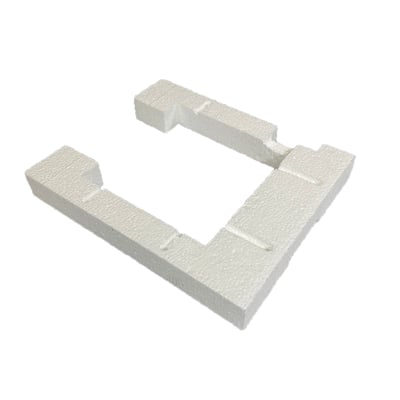
Styrofoam is the most recognizable XPS foam worldwide. Both EPS and XPS foam are lightweight, low-cost foams used for minimal cushioning.
Benefits of Expanded Polystyrene/Extruded Polystyrene Insulation in Packaging
- Sustainable - can be recycled in industrial and most post-consumer settings
- Very low-cost
- High R-Value which makes it a great insulator
What Type of Foam Should I Use?
Not sure what materials are right for your project? We’ve got you. Our experts at Foam Industries are standing by waiting to help if you need assistance.
Foam Industries is a custom protective packaging company specializing in foam – with additional wood and plastic fabrication services. Our custom foam fabrication services are ideal for any type of packaging, display, or support service needed – from design to finished product.
Get a Quote
Ensure your product(s) arrive from A to B, damage-free. Foam Industries will optimize your protective packaging. The results? Less damage, better bottom line.
